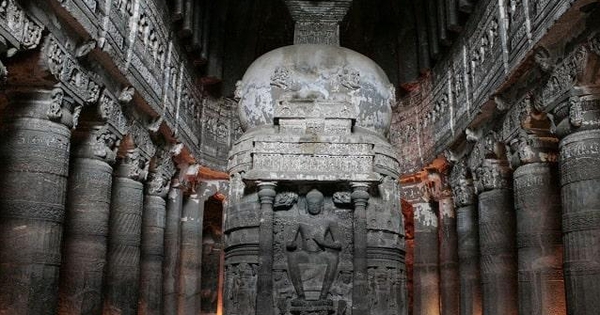According to the Times of India, 11 stone statues located in the Hazaribag district of Jharkhand state in eastern India were found. These statues are nearly 1 meter high, including 6 statues of Shakyamuni Buddha, the remaining 5 statues are likely Bodhisattva Tara, the Hindu goddess and Bodhisattva in Buddhism.
Also at this location, archaeologists found an inscription written in the Devanagari script, which is used in the Sanskrit and Hindi language systems. They hope that after completing the translation, they will learn more clues about this Buddhist monastery.
According to Hindustan magazine, ASI discovered 3 mounds in the Juljul foothills area at the end of 2020. During the excavation of a mound, the archaeological team found 3 temples including 1 central temple and 2 temples. secondary worship.

In January this year, they worked on the second mound and found 3 rooms with an area of about 2,500 m 2 . During the analysis process, the archaeological team discovered that this could be a combined structure between a temple and a monastery.
The archeology team of Visva Bharati University shared: “Monasteries were discovered at many different locations in the area, but this is the first monastery built on a hilltop to stay away from the noise and bustle of population”.
Archaeologist Neeraj Mishra said: “The remaining evidence is all architectural style built during the Pala period.”

According to a historian from Ranchi University sharing with Hindustan: “This discovery can shed light on the emergence of Buddhism in this area and the spread of Buddhism in particular.” The appearance of the Bodhisattva Tara statue shows the important role of a Buddhist school called Vajrayana.

The Pala dynasty ruled Bengal and Bihar from the 8th – 11th centuries. The kings of this dynasty supported the construction of Buddhist monasteries while also allowing Hinduism to develop in parallel.
Archaeologists have moved the statues to the ASI museum in Patna, Bihar.





